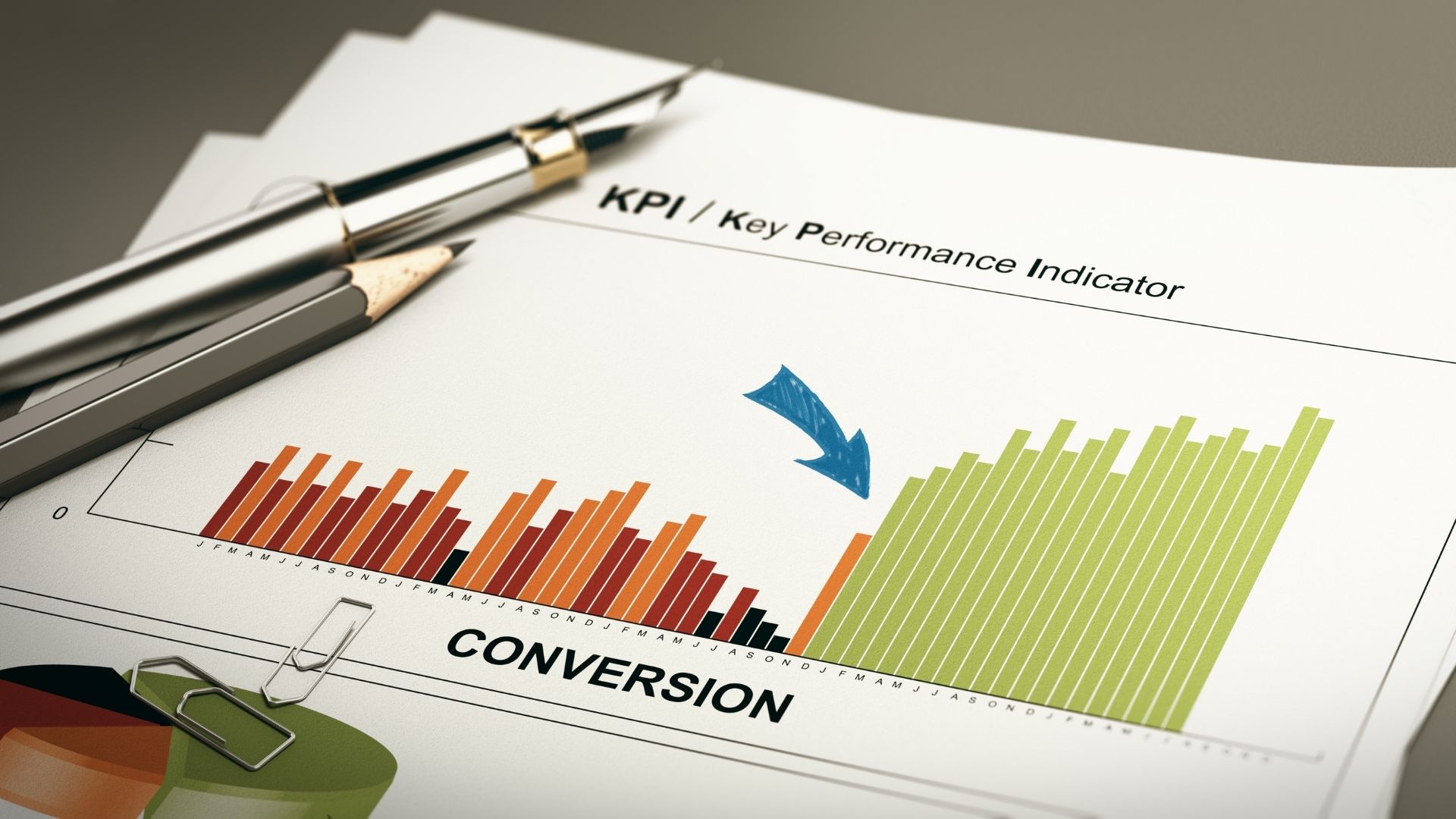Effective Techniques for Roofing Contractor Website Optimization
Master Roofing Contractor Website Optimization Techniques
In today's highly competitive digital landscape, roofing contractors must leverage every tool, including social media marketing staunton , to generate quality leads and enhance their online presence. Effective website optimization goes beyond aesthetics—it delivers a seamless user experience, targets the right audience, and drives measurable results. This article outlines essential strategies for optimizing a roofing contractor website, covering foundational research, on‑page tactics, technical SEO, local strategies, content marketing, and user experience. Utilizing approaches like social media marketing staunton can further expand reach and foster engagement in the market.
Foundational Roofing Contractor Website Optimization Principles
Understanding the basic elements of website optimization is crucial. This section highlights the initial steps needed to build a strong digital foundation.
Defining Your Target Audience for Roofing Services
Begin by identifying who you want to reach: homeowners, commercial property managers, or industrial clients. Consider demographics, location, and common pain points. Residential roofers, for instance, may focus on storm damage repair, while commercial contractors might emphasize energy efficiency and durability. Clear audience definition guides your content, design, and messaging.
Conducting Thorough Keyword Research for Roofing Terms
Effective SEO starts with robust keyword research. Identify broad and long‑tail keywords such as "" roof repair,"" ""emergency roof replacement,"" and ""affordable roofing services."" Use keyword tools and competitor analysis to incorporate both high‑volume and niche terms, ensuring your website attracts qualified leads actively seeking roofing solutions.
Analyzing Competitor Roofing Contractor Websites
Competitor analysis helps pinpoint strengths and weaknesses in your market. Evaluate competitors based on site layout, quality of content, backlink profiles, and user engagement. Insights from meta tags, service page design, and customer review integrations inform improvements and help establish a superior user experience.
Setting Clear Website Optimization Goals and KPIs
Establish measurable objectives—from boosting organic traffic by 25% to generating 50 qualified leads monthly. Define key performance indicators (KPIs) like bounce rate, conversion rate, and average session duration. Regular monitoring and strategy adjustments based on these metrics foster continuous improvement.
Understanding Search Engine Algorithms for Roofers
Search engine algorithms are continually evolving. Today’s roofing websites must prioritize page speed, mobile optimization, and quality content. Awareness of changes, including Google’s focus on E‑A‑T (Expertise, Authoritativeness, Trustworthiness), helps contractors adjust strategies quickly to maintain high search rankings.
On-Page Roofing Contractor Website Optimization Techniques
On-page SEO involves the visible elements that interact directly with users and search engines. This section details actionable on‑page strategies.
Crafting Compelling Title Tags and Meta Descriptions
Title tags and meta descriptions boost search visibility and click‑through rates. Create concise and descriptive tags featuring primary keywords, for example, "" roof repair"" or ""emergency roofing services."" A clearly defined title like "" Expert Roof Repair Services – Affordable & Reliable"" helps inform both users and search engines of the site’s focus.
Optimizing Header Tags (H1-H6) for Roofing Keywords
Headers structure content and help search engines understand page topics. Use H1 for the title, and H2/H3 tags for sub‑topics, naturally integrating roofing keywords. A well‑organized header system enhances navigation and reinforces page relevance.
Creating High-Quality, Relevant Content for Roofing Clients
Content is the backbone of your website. Develop guides, blog posts, and case studies addressing roofing problems, service details, and maintenance tips. For instance, articles like ""How to Identify Roof Damage"" or ""Benefits of Energy‑Efficient Roofing"" educate clients, demonstrate expertise, and improve rankings.
Strategic Internal Linking for Improved Navigation and SEO
Internal linking connects various pages, helping visitors navigate and providing search engines with pathways to discover new content. Linking a roof installation service page with a maintenance tips blog post strengthens site architecture, reduces bounce rate, and guides potential clients to conversion points.
Image Optimization With Alt Text for Roofing Visuals
Images such as before‑and‑after project photos can boost engagement. Optimize images by compressing them for fast loading and including descriptive alt text (e.g., ""newly installed shingle roof"") to serve accessibility needs and improve search relevance.
Technical SEO for a High-Performing Roofing Website
Technical SEO ensures that a website’s structure supports a smooth user experience and meets search engine requirements.
Ensuring Mobile-Friendliness and Responsive Design
More than half of website traffic comes from mobile devices, making responsive design essential. A mobile‑friendly site adapts to screen sizes and maintains fast load times. Investing in responsive themes and usability testing guarantees seamless navigation across devices.
Improving Website Load Speed for Better User Experience
Fast load speed is critical for user retention and search rankings. Speed improvements can be achieved by compressing images, leveraging browser caching, and minimizing JavaScript. Additionally, implementing a content delivery network (CDN) can enhance performance worldwide.
Implementing Structured Data and Schema Markup for Roofers
Utilize structured data like Schema Markup to help search engines understand your content. For roofing contractors, applying review, service, and local business schema can enhance rich snippet visibility, giving potential clients quick access to ratings, services, and location details.
Creating an XML Sitemap and Managing Robots.txt
An XML sitemap organizes your website for easier indexing, while a well‑configured robots.txt file prevents duplicate content issues and controls page crawling. Regular audits ensure that both remain current with website changes.
Securing Your Roofing Website With HTTPS
Convert your site to HTTPS to protect visitor data and build trust. A secure website is favored by search engines and reassures visitors that their information is safe, contributing to higher rankings.
Local SEO Strategies for Roofing Contractors
Local SEO is vital for roofing contractors targeting nearby customers. Focused strategies can boost visibility in geo‑targeted searches.
Optimizing Your Google Business Profile for Local Searches
Ensure your Google Business Profile is complete and accurate, including contact information, service areas, and business hours. Regular updates with posts, offers, and reviews help boost local search rankings and attract qualified local inquiries.
Building Local Citations and Managing NAP Consistency
Local citations—mentions of your business name, address, and phone number (NAP)—across directories signal search engines about your local presence. Consistent NAP details across platforms like Yelp and industry directories enhance local trust and visibility.
Encouraging and Managing Customer Reviews for Roofers
Positive reviews influence local SEO by building credibility. Encourage satisfied clients to leave reviews and respond promptly to all feedback. This practice enhances your online reputation and supports local lead generation.
Creating Location-Specific Service Pages for Roofing
Develop pages targeted to individual service areas. Each page should include localized keywords, testimonials, project examples, and directions. This approach boosts local search visibility and directly addresses the needs of clients in various regions.
Leveraging Local Link Building Opportunities
Engage with local businesses, chambers of commerce, and community organizations to build high‑quality backlinks. Local sponsorships and events can further establish your roofing business as a trusted community resource.
Content Marketing and User Experience(UX) for Roofing Websites
High‑quality content combined with intuitive design creates an effective digital presence. This section explains how to merge content marketing with UX.
Developing a Content Strategy That Addresses Client Needs
A successful content strategy solves common roofing problems, educates on roof maintenance, and highlights project successes. Use blog posts, videos, and downloadable guides such as “How to Prepare for a Roof Inspection” to build trust and engagement.
Designing an Intuitive Website Navigation and Structure
An organized navigation system with clear call‑to‑action buttons and well‑structured service pages reduces user frustration. A simple menu and intuitive layout ensure visitors find the information they need quickly.
Enhancing User Engagement With Visual Content Like Photos and Videos
Incorporate high‑quality photos, project videos, and interactive galleries to keep visitors engaged. Visual testimonials and before‑and‑after images not only build credibility but also illustrate the quality of your work.
Incorporating Clear Calls-to-Action (CTAs) for Lead Generation
Place prominent CTAs such as “Request a Free Quote” or “Schedule an Inspection” throughout your site. Test different placements and messages using A/B methods to identify the most effective conversions.
Writing Comprehensive Service Pages Detailing Roofing Solutions
Each service page should clearly detail the benefits, include project examples, technical information, FAQs, and contact details. Comprehensive pages reassure clients of your expertise and lead to higher conversion rates.
Measuring and Refining Your Roofing Contractor Website Optimization
Regular monitoring and refinement are essential for ongoing website success. This section discusses data‑driven continuous improvement.
Tracking Key Website Performance Metrics With Analytics
Use tools like Google Analytics to monitor metrics such as organic traffic, bounce rates, and conversion rates. Regularly reviewing these insights helps identify strengths and weaknesses in your strategy.
Monitoring Keyword Rankings and Organic Traffic Growth
Track keyword rankings and changes in organic traffic using SEO tools. Observing trends in search positions and click‑through rates provides actionable insights for content adjustments.
Analyzing User Behavior and Conversion Rates
Study user interactions through heatmaps and session recordings. Understanding the user journey from landing pages to conversion allows you to address friction points and improve overall content relevance.
Conducting Regular Website Audits for Continuous Improvement
Perform periodic audits to identify outdated content, broken links, and technical issues. Regular audits ensure that your website remains competitive and aligned with current SEO practices.
Adapting Strategies Based on Performance Data and Algorithm Changes
SEO is dynamic; regularly update your strategies based on performance metrics and algorithm updates. Proactive adjustments help sustain growth and maintain the effectiveness of your optimization efforts.
Frequently Asked Questions
Q: How can roofing contractors define their target audience effectively? A: Contractors should research demographics, property types, and locations, then tailor content to the specific needs and challenges of those audiences.
Q: What are some key elements of on‑page SEO for a roofing website? A: Essential elements include optimized title tags, meta descriptions, header tags, internal linking, and image alt texts, all integrated with relevant roofing keywords.
Q: Why is mobile‑friendliness crucial for roofing contractor websites? A: Mobile friendliness ensures a seamless experience across devices, reduces bounce rates, and is vital for ranking in modern search algorithms.
Q: How does local SEO benefit roofing contractors? A: Local SEO improves visibility in geo‑targeted searches by optimizing your Google Business Profile, building citations, and gathering customer reviews, thereby driving more local leads.
Q: What metrics should be tracked to measure website optimization success? A: Key metrics include organic traffic, bounce rates, conversion rates, keyword rankings, and user engagement, which together help assess and guide optimization efforts.
Final Thoughts
Optimizing a roofing contractor website is a comprehensive process that blends foundational research, targeted on‑page improvements, technical adjustments, local SEO, robust content marketing, and effective user experience strategies. By clearly defining your target audience and employing precise keyword research, you can align your content to meet client needs while staying ahead of the competition. Strategic internal linking, fast load speeds, and mobile‑friendly design further enhance site performance. Continuous monitoring and data‑driven adjustments ensure that your website remains effective in generating quality leads in today's competitive digital landscape.










